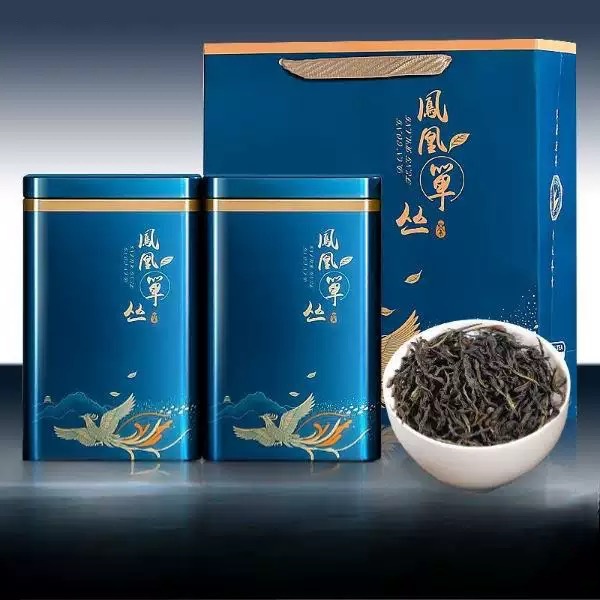The Origins and Historical Development of Oolong Tea

# The Origins and Historical Development of Oolong Tea
## Introduction
Oolong tea, with its unique flavor profile and rich cultural heritage, stands as one of the most fascinating categories of tea in the world. This semi-oxidized tea bridges the gap between green and black teas, offering a complexity that has captivated tea enthusiasts for centuries.
## The Birthplace of Oolong Tea
The origins of oolong tea can be traced back to the Fujian province of China during the Ming Dynasty (1368-1644). The mountainous regions of Fujian, particularly the Wuyi Mountains, provided the perfect environment for tea cultivation with their:
– High altitude
– Mineral-rich soil
– Misty climate
– Abundant rainfall
## The Legend of the “Black Dragon”
The name “oolong” translates to “black dragon” in Chinese, and several legends attempt to explain this nomenclature:
1. The most popular legend tells of a tea farmer named Wu Liang who discovered the tea after chasing a deer. When he returned to his tea leaves, they had oxidized slightly, creating a new flavor profile.
2. Another story suggests the name comes from the dark, twisted appearance of the tea leaves, resembling small dragons.
3. Some believe it refers to the dragon-like shape the leaves take during processing.
## Historical Development
### Early Production Techniques
During the early stages of oolong tea production, farmers developed unique processing methods that distinguished it from other teas:
– Partial oxidation (15-85%)
– Withering under sunlight
– Bruising the leaves to start oxidation
– Fixing the oxidation with heat
– Rolling and drying
### Spread Across China
From Fujian, oolong tea production spread to:
– Guangdong province (notably Phoenix Mountain)
– Taiwan (during the Qing Dynasty)
– Other mountainous regions of southern China
### The Qing Dynasty Boom
During the Qing Dynasty (1644-1912), oolong tea gained significant popularity:
– Became a favorite of the imperial court
– Developed distinct regional varieties
– Saw improvements in processing techniques
– Became an important export commodity
## Oolong Tea in Taiwan
The development of oolong tea in Taiwan represents a significant chapter in its history:
– Tea plants were brought from Fujian in the early 19th century
– The unique terroir of Taiwan’s mountains created distinctive flavors
– High mountain oolongs became particularly prized
– Modern Taiwanese oolongs are now among the most sought-after in the world
Keyword: Origin and History of Oolong Tea
## Modern Oolong Tea Production
Today, oolong tea production combines traditional methods with modern technology:
– Precise control of oxidation levels
– Improved temperature regulation
– Scientific understanding of tea chemistry
– Sustainable farming practices
– Preservation of heritage tea bushes
## Conclusion
From its mysterious origins in the Wuyi Mountains to its current status as a globally appreciated beverage, oolong tea’s journey through history reflects the sophistication of Chinese tea culture. Its continued evolution ensures that this remarkable tea will maintain its special place in the world of fine teas for generations to come.